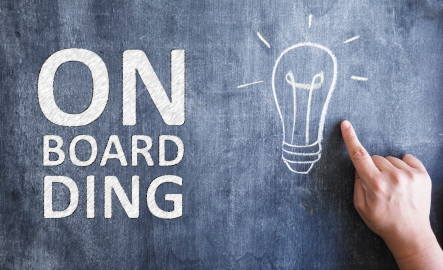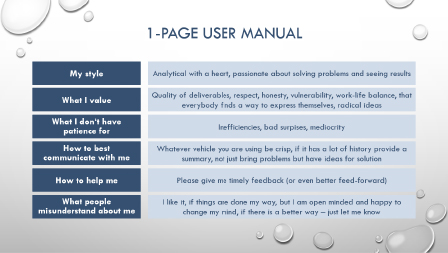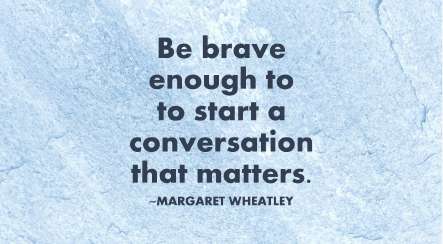
According to Arianna Huffington, onboarding is no longer just about giving new hires the information they need to get on board, but about creating a meaningful relationship. Why is this important? Research shows that companies with an effective onboarding process see productivity gains of over 70% and increased retention of new hires by 82%.
More stats needed? In a recent Deloitte’s survey 93% respondents indicated that a sense of belonging drives employee engagement and their organizational performance. Hence, it is important from day one to start building the employee’s sense of belonging to their new team.
So, how do we build strong relationships and connection during onboarding? It is the same as building any other relationship — by first creating trust. In this article I highlight two simple strategies that will build trust and give you a jump start in building connection with your new employee.
Writing a User Manual
We have user manuals for everything we buy, but not for ourselves. What if we would develop one for ourselves and ask each new employee to do the same? That way both of you could learn more quickly how you both operate and how you would like to be managed. Share your one-page user manuals and compare how you are similar and identify any differences to be aware of.
In my experience this one-pager will provide transparency about your working styles quickly, build trust, and will lead to a jump start in any new relationship.
Want to try it? Daniel Pink published a short video on his webpage that provides a bit more detail and additional references. Below is an example from myself. How would your user manual look like?

Having 3 meaningful conversations
What is really helpful in the onboarding process is to have three distinct conversations with your new hire in the first couple of weeks. For more details check out this article from Russ Laraway or read his book “//coda.io/@they-win-you-win/career-conversations-tool">When they win, you win”.
Conversation #1 – Life story (“Starting with kindergarten, tell me about your life.”): This conversation is designed to learn about the past career path of your new hire and why they have made certain career decisions. This will tell you a lot about what drives them, their motivators, and their values. Best to articulate these themes back to the employee to ensure a shred understanding of what makes them tick.
Conversation #2 – Dreams (“How does a successful life look like for you?”): This conversation focuses on the long-run, goes beyond the career path and is more about getting an idea how your direct report imagines life at its best. This will tell you a lot about their passions.
Conversation #3 – Presence, the 18-month plan (“How do we best move in the direction of your dreams?”): Once you better understand your employee’s past and future, you will better know what to do right now. You can ask what skills they need and then discuss how they might be able to acquire these skills over the next 18 months (e.g., what are the projects they should be on, which persons you may introduce them to, what kind of training they should take, etc.).
Understanding what drives your new hire, what dreams they have and aligning them as much as possible to their current and future work, will give you a jump start in building a relationship with your new hire and improve employee engagement. It is impossible to walk out of these conversations not feeling more connected to your direct report.
PRO TIP: set a good example and tell your new hire about your life story and your dreams and how you are pursuing them at work and outside of work.

Build a meaningful connection with your new hire from the very beginning. It is key to a great working relationship and to employee retention.
Have you already tried these tips? Any other strategies you have implemented to build strong relationships between you and your new hire?
Volker Hack is an Executive Director at one of the largest Contract Research Organizations and dedicated to find a better way everyday. He is an advocate for empathic leadership and incorporating mindfulness into the work life.
Credits: image from freepik and pixabay

